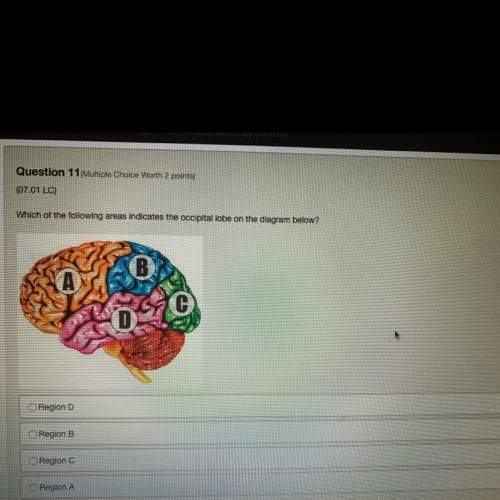
What is homeostasis? 2. Define the set point and normal range for physiological measures . 3. What happens when homeostasis is not accomplished? 4. How is a condition such as diabetes a good example of the failure of a set point in humans? 5. Compare and contrast negative and positive feedback loops. 6. Explain how negative feedback controls body temperature. 7. Give two examples of physiological proces ses that are controlled by positive feedback loops. 8. During breastfeeding, the stimulus of the baby sucking on the nipple increases the amount of milk produced by the mother. The more sucking, the more milk is usually produced. Is this an example of negati ve or positive feedback? Explain your answer. 9. Identify the four types of tissue in the body, and describe the major functions of each tissue . 10. What are examples of cells that can readily divide and cells that can divide only under rare circumstances? 11. Why does skeletal muscle look striated? 12. Which morphological adaptations of neurons make them suitable for the transmission of nerve impulse? 13. Why are bone and blood both classified as connective tissues?

Answers: 3
Another question on Biology

Biology, 22.06.2019 04:00
Will mark brainliest i only need the ! 1.use ten beads and a centromere of one color to construct the long chromosome. use ten beads and a centromere of a second color to construct the second chromosome in the long pair. make a drawing of the chromosomes in the space below. 2. for the second pair of chromosomes, use only five beads. 3. now model the replication of the chromosomes. make a drawing of your model in the space below. part b: meiosis i during meiosis i, the cell divides into two diploid daughter cells. 4. pair up the chromosomes to form tetrads. use the longer tetrad to model crossing-over. make a drawing of the tetrads in the space below. 5. line up the tetrads across the center of your “cell.” then model what happens to the chromosomes during anaphase i. 6. divide the cell into two daughter cells. use the space below to make a drawing of the result. part c: meiosis ii during meiosis ii, the daughter cells divide again. 7. line up the chromosomes at the center of the first cell, one above the other. separate the chromatids in each chromosome and move them to opposite sides of the cell. 8. repeat step 7 for the second cell. 9. divide each cell into two daughter cells. use the space below to make a drawing of the four haploid cells
Answers: 1


Biology, 22.06.2019 09:30
Which statement names a physical property of wood? wood does not rustwood can burnwood can rotwood is softer than coal
Answers: 2

Biology, 22.06.2019 10:30
Grasses--> mice--> cats--> coyotes suppose 10,000 units of energy are available at the level of the grasses. what is the total number of energy units lost by the time energy reaches the coyote?
Answers: 2
You know the right answer?
What is homeostasis? 2. Define the set point and normal range for physiological measures . 3. What h...
Questions

Mathematics, 02.10.2020 15:01





Mathematics, 02.10.2020 15:01


Spanish, 02.10.2020 15:01

Arts, 02.10.2020 15:01

Mathematics, 02.10.2020 15:01

Mathematics, 02.10.2020 15:01

English, 02.10.2020 15:01

Mathematics, 02.10.2020 15:01

Mathematics, 02.10.2020 15:01

Social Studies, 02.10.2020 15:01

Mathematics, 02.10.2020 15:01

History, 02.10.2020 15:01

Advanced Placement (AP), 02.10.2020 15:01





